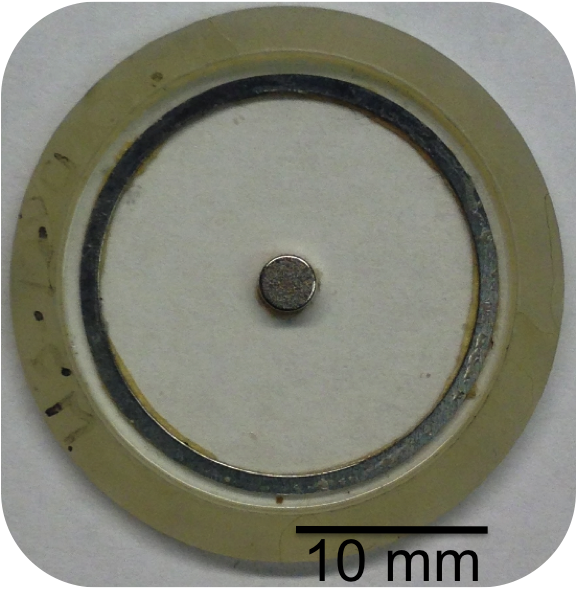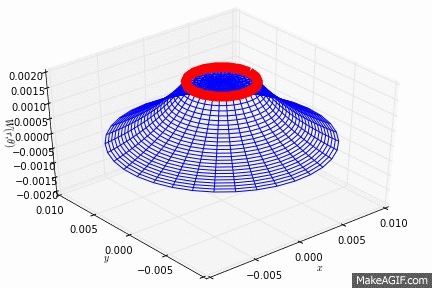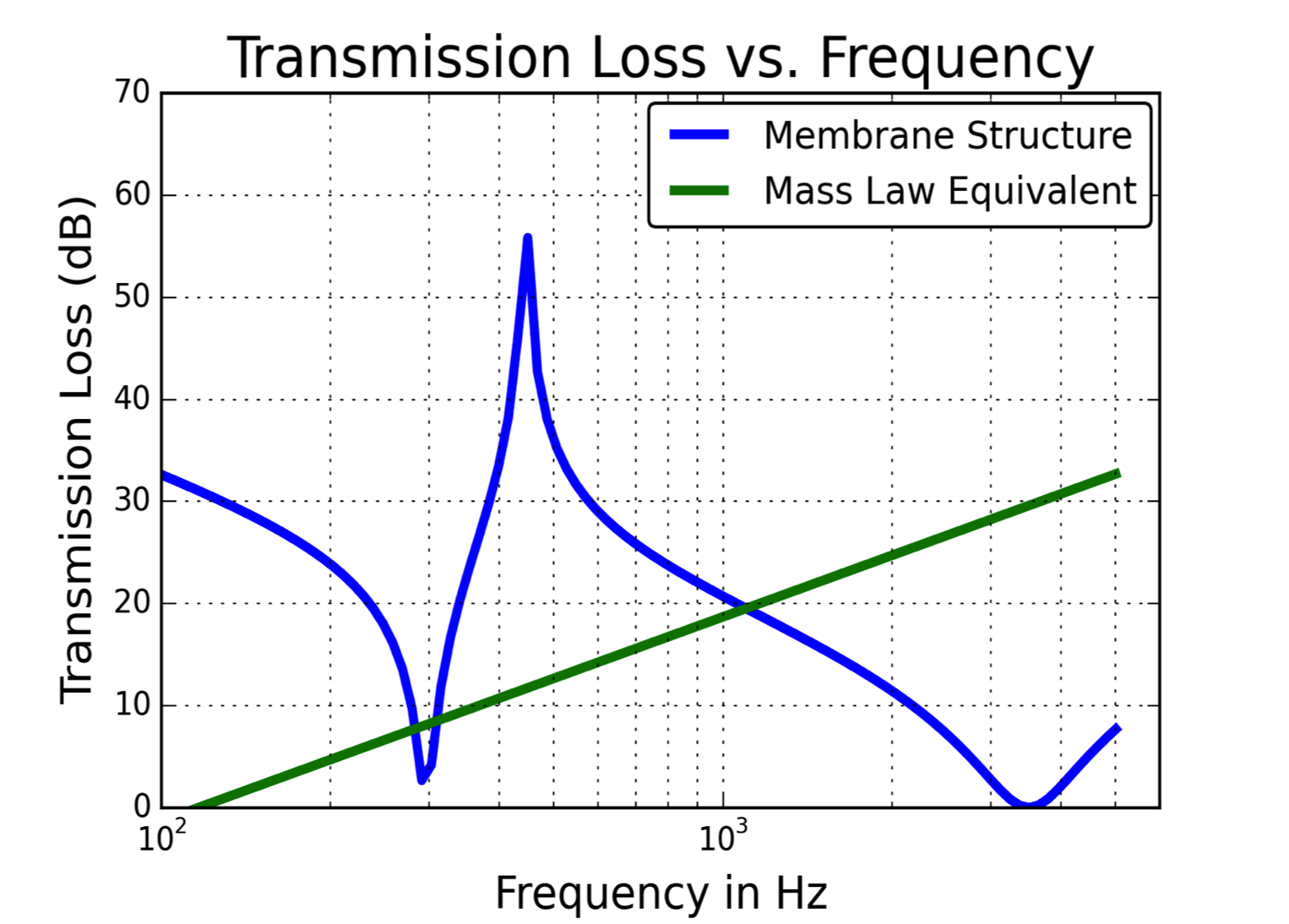Using these mode shapes and the principle of superposition, we can calculate the transmission loss through the structure as a function of frequency. A generic transmission loss graph for a circular mass damped membrane metamaterial is shown in the figure below. Notice that this structure dramatically out-performs the acoustic mass law predictions in a narrow low-frequency band. We hope to use this model to understand fundamental nature of these structures and take steps to broaden the transmission loss peak in the figure below.
Student Researcher:
Bill Edwards
Summary:
There are many situations in which it may be desirable to reduce the intensity of acoustic waves, such as in the passenger cabin of a car or aircraft. Traditional methods used for the reduction of sound intensity typically involve the inclusion of massive sound absorbing material; however, the mass required to achieve sufficient damping of low-frequency sound waves makes this approach infeasible in weight-critical applications. Recently, membrane-type acoustic metamaterials have been demonstrated to be effective narrow-band, low-frequency acoustic barriers. Few analytic modeling tools have been implemented to predict and optimize their performance, however.
The objective of this project is to implement an effective model inspired by the work of Y. Y. Chen, et al. (2014) and to characterize membrane-type acoustic metamaterials that display transmission loss properties that outperform the transmission loss of traditional engineering materials as predicted by the acoustic mass law.
To date we have implemented a model that successfully describes this structures motion and acoustic transmission properties as a function of excitation frequency. Some mode shapes are shown below for the centrally located mass.





